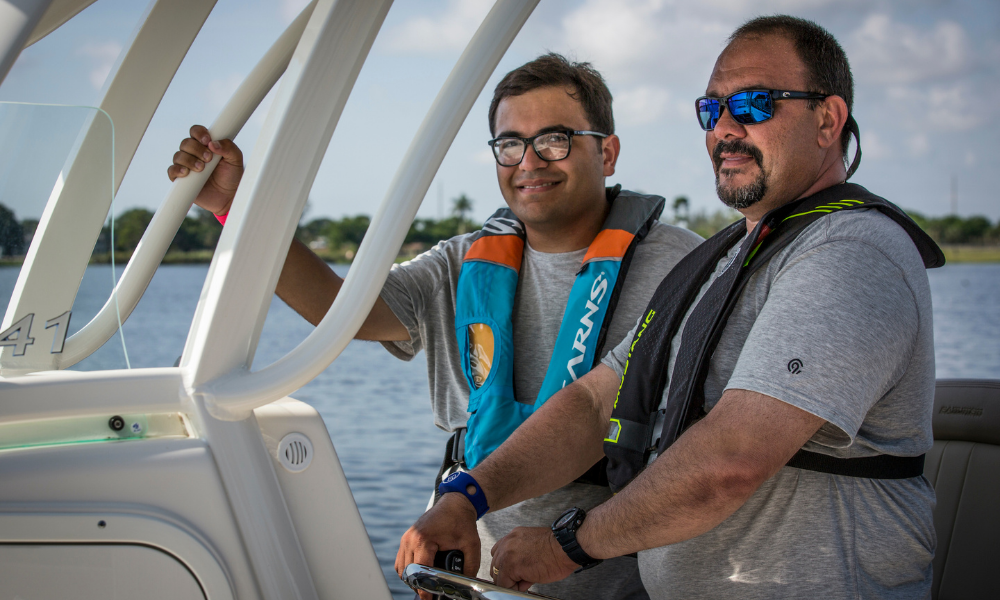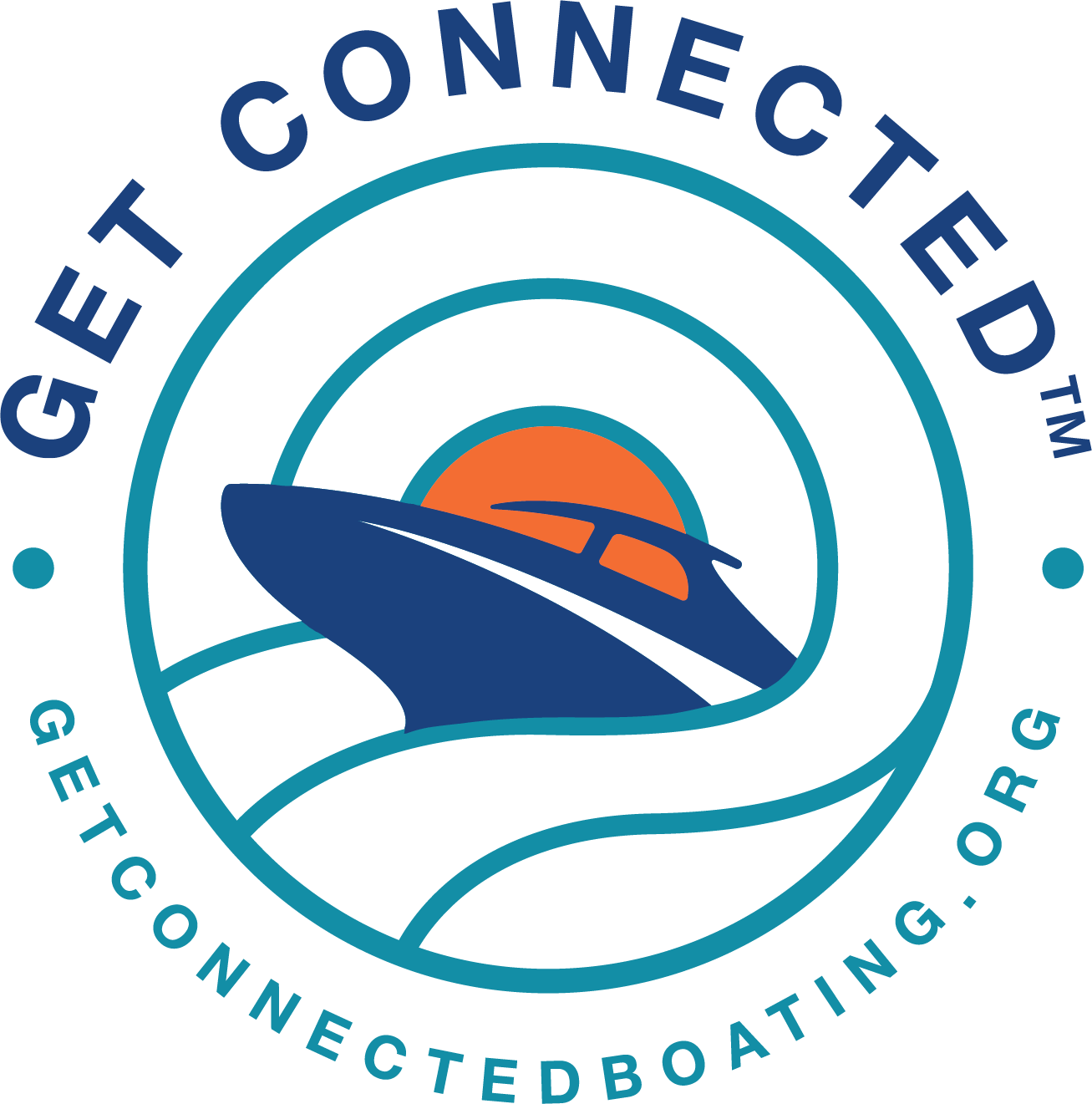Get Connected FAQs

How do engine cut-off switches work?
An engine cut-off switch (also known as an engine cut-off switch link, engine cut-off device, kill switch, man overboard device) cuts power to the engine by sensing when the captain, or even passengers, goes overboard. Lanyard and wireless devices are available. A lanyard may attach to the boat operator from the powerboat’s installed engine cut-off switch. Wireless device options may resemble a wristband or key fob. Some wireless devices may sound an alarm, track the boat’s location, and even call search and rescue assets in emergency situations.
Why are engine cut-off switches needed?
If a boat operator or passenger falls overboard, they may be struck by the boat propeller. The boat may continue across the water, leaving the person stranded, or the boat may continue to circle striking others in the water.
Does my powerboat have an engine cut-off switch?
A majority of new powerboats already have an engine cut-off switch installed. In 2019, a provision in the Frank LoBiondo Coast Guard Authorization Act requires that boat manufacturers, dealers, and distributors ensure that boats less than 26 feet and with engines capable of more than 115 pounds of thrust have an engine cut-off switch.
However, older boat models may require a device to be installed.
Does my state require an engine cut-off switch?
Many states have an engine cut-off switch requirement. Please check your state boating requirements for the latest information.
Do I always have to use an engine cut-off switch when I’m operating a boat?
Starting April 1, 2021, as part of the National Defense Authorization Act, individuals operating vessels required to have an engine cut-off switch must use them. The only exception is if the main helm is within an enclosed cabin or the vessel does not have or is not required to have an engine cut-off switch. Penalties with fees will be given to people who do not follow this requirement. Learn more from the U.S. Coast Guard.
What can boaters do to stay safe on the water?
In order to keep everyone safe on the water, recreational boaters are encouraged to take a boating safety course, check equipment, file a float plan, always wear a life jacket, use an engine cut-off switch, never boat under the influence, watch the weather, and be aware of your surroundings.
What does research find?
- Using the engine cut-off switch prevents propeller injuries and deaths. U.S. Coast Guard statistics show that in 2021, there were 188 propeller accidents resulting in 24 deaths and 191 injuries.
- Most propeller injuries and fatalities are preventable because they result from operator inattention, improper lookout, operator inexperience, excessive speed, and alcohol.


